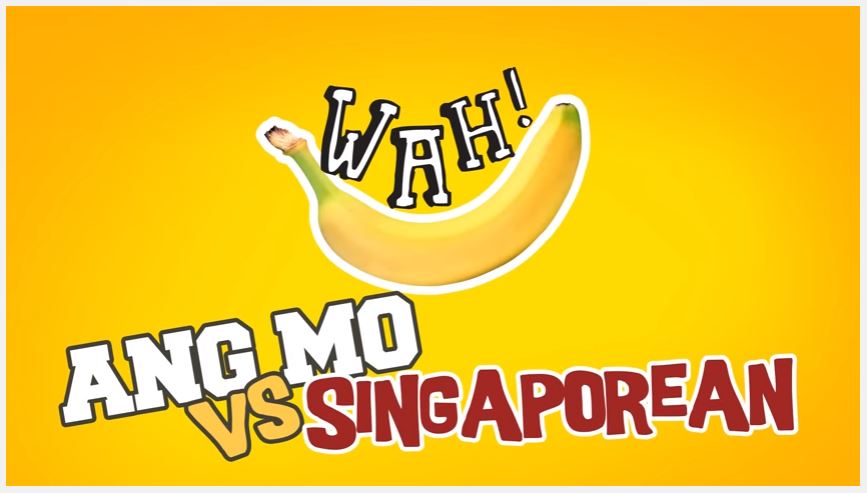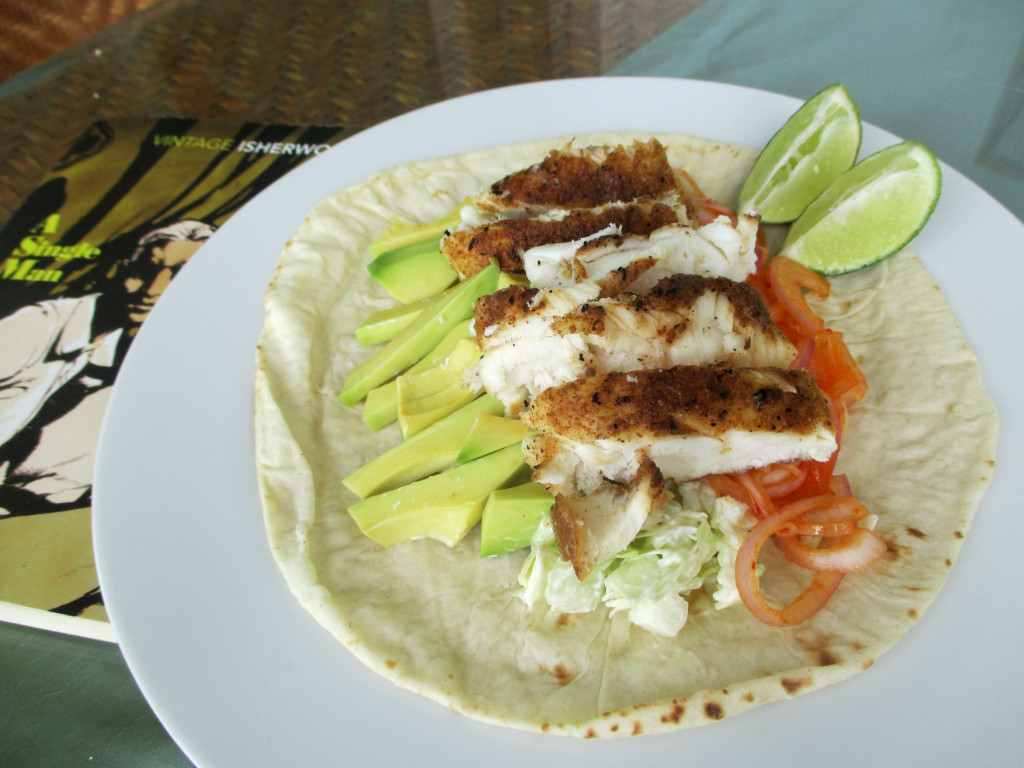Published on June 30, 2016 in The Wall Street Journal: Expat:

As many expats and students of foreign languages can tell you, humor is often the final frontier in cross-cultural communication. Jokes risk falling flat, are a nightmare to translate and have the potential to offend. But they can also be a way for expats to understand the cultural norms of their new home.
Local movies and television shows can help, but the grassroots nature of YouTube videos can be even better. On YouTube, the comedy is rougher, the jokes are more of the moment, and the creators are more accessible, often responding to viewers’ questions in the comments sections. And you don’t have to suffer through being the only person not laughing in a comedy club.
Despite Singapore’s reputation as a place that limits free speech, several homegrown YouTube channels offering self-parodying commentary on local topics have sprung up in the past few years. Among the first were Wah!Banana and Night Owl Cinematics (Ryan Sylvia), which were both launched in the second half of 2012, and currently rank as the second and third most-subscribed-to channels in Singapore. The original cast of Wah!Banana has since left to form TreePotatoes, which is now number five. With topics like What Foreigners Think of Singapore and 11 Types of Singaporean Colleagues, these YouTubers have created a space where both Singaporeans and expats can chuckle about Singapore’s unique, sometimes absurd, quirks.
For example, one thing that often comes up is the kiasu attitude of many Singaporeans. The most accurate translation of kiasu is probably FOMO — fear of missing out — which Wah!Banana, Night Owl Cinematics and TreePotatoes all duly mock. The videos depict people waiting in a line just because it’s long, hoarding free ketchup packets, and trampling others to be first on a bus. These not only highlight Singaporeans’ ability to laugh at themselves, they also lessen the “us versus them” mentality expats occasionally develop.
“I think our videos help to show expats a side of Singaporean life they wouldn’t usually get to see unless they have very close local friends,” said Aaron Khoo, a producer, writer and actor on TreePotatoes. “The typical media portrayal of Singaporeans in recent years tends to shy away from the local culture and Singlish,” the local variant of English blended with Chinese dialects, Bahasa Malaysia and Tamil. “We prefer to embrace the local identity and laugh at its idiosyncrasies.”
Lingyi Xiong, a producer, writer and actor on Wah!Banana, said that often the depiction of Singapore in overseas media “is about how modern or advanced this place is, or it’s about the food in hawker centers. It’s nice but it’s traditional. It’s not really local enough.” The channel’s 10 Types of People in the Hawker Center video offers a tongue-in-cheek counterpoint.
Sylvia Chan, who co-founded Night Owl Cinematics with her husband Ryan Tan, said “our videos showcase how we behave and how we are. Many expat friends and fans tell us that our videos taught them how to interact with their Singaporean colleagues,” and are an “unofficial portal to know and understand Singapore.”
Expats get a chance to laugh at themselves too. The Wah!Banana video Ang Mo vs Singaporean remains one of their most popular. Ang mo is Hokkien for “red-haired” and has long been the local slang for “white person.” Its use is periodically mean-spirited but most often is not. In the video, sometimes Singaporeans are the butt of the joke and sometimes Caucasians are, but most of the parodies are funny.
YouTubers can get away with presenting a more grounded, less politically correct version of life in Singapore than other media outlets, most of which are government-owned. However, they still operate in a country that saw a teenaged YouTuber arrested for obscenity and “insulting communication” charges last year. As a result, Singapore never comes off looking too poorly despite the satirizing.
Night Owl Cinematics’ If Singaporeans Were Honest video, made for the country’s 50th National Day celebration, is one of the few exceptions. Criticizing Singapore’s bad points with heavy sarcasm, the video begins with a disclaimer on “vulgarity” and ends with reassurances that the criticism is meant as a patriotism-tinged reminder for Singaporeans to be kinder and more grateful. In this way, homegrown YouTube channels not only reveal local humor, but also show how values and traditions actually translate into everyday life.
Like all introductions, there is a learning curve. “Foreigners might have difficulty understanding our accents and our content when they first watch our videos,” Ms. Xiong said. “For some of our videos, you do have to spend a period of time here to understand them better. I think some of the jokes are quite unique. They’re definitely funnier if you’ve been here a while.” Aware of the barrier that Singlish often presents, Night Owl Cinematics includes subtitles on their videos.
As for the future of YouTube in Singapore, the challenge now is to continue appealing to the niche that made them popular while also pivoting to a general audience. Ms. Chan noted that three years ago she thought their site would shift to more international content. “But the thing is we realized despite us focusing on our Singaporean-ism, we gained a lot of international and foreign audience during this period.” Similarly, Ms. Xiong has seen their viewer demographic shift from 80% males aged 25 and younger to a 50/50 gender divide. Although 18-34 is still their main age group, it’s less than 30% of their total audience.
The major problem with local YouTube channels, said Ms. Xiong, is the lack of variety. Like the country itself, Singapore’s community of YouTubers is relatively small, so content and ideas often overlap.
Nevertheless, Ms. Xiong said she thinks more diversity is on its way. “I’ve seen some new players this year…and they seem really promising and new and different.” She added that the Wah!Banana team is considering making a “Shit Expats Say” video in the coming months. I can’t wait.




